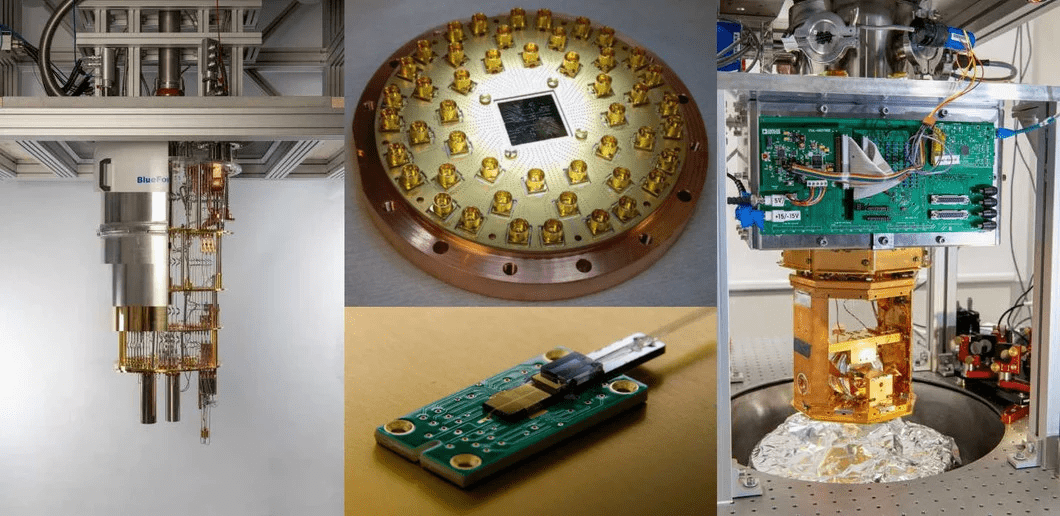
The U.S. research funding agency IARPA (Intelligence Advantage through Research and Technology), which is part of the Office of the Director of National Intelligence, is funding two quantum research teams in which ETH is significantly involved. Using two different approaches, the projects are aiming to connect two logical qubits and transfer the quantum state of one logical qubit to the other. As a press release explains, both teams will receive up to 40 million dollars over the next four years.
One is the SuperMOOSE project, which is headed up by ETH Professor Andreas Wallraff. The ETH team is supported by researchers from the Massachusetts Institute of Technology (MIT), Forschungszentrum Jülich, the Canadian Université de Sherbrooke and the two companies Zurich Instruments and Atlantic Quantum. “If we manage to connect two error-corrected qubits with one another, we’ll have laid the groundwork for future quantum computers that can then be used to tackle a broad range of tasks,” Wallraff says in an ETH press release.

The ETH team is using superconducting components for this project. The University of Innsbruck is leading the second project, called MODULARIS, with the participation of a group led by ETH Professor Jonathan Home. The Innsbruck team is approaching the challenge using ion traps. The ETH-PSI Quantum Computing Hub at the Paul Scherrer Institute is also involved in both projects. According to Christian Wolfrum, Vice President for Research at ETH Zurich, “It’s now crucial that Switzerland be an associated country in Horizon Europe as soon as possible so that our researchers can also participate in the EU’s flagship quantum program.” ce/mm
Related news
Meet with an expansion expert
Our services are free of charge and include:
- Introduction to key contacts in industry, academia, and government
- Advice on regulatory framework, taxes, labor, market, and setting up a company
- Custom-made fact-finding visits, including office and co-working space